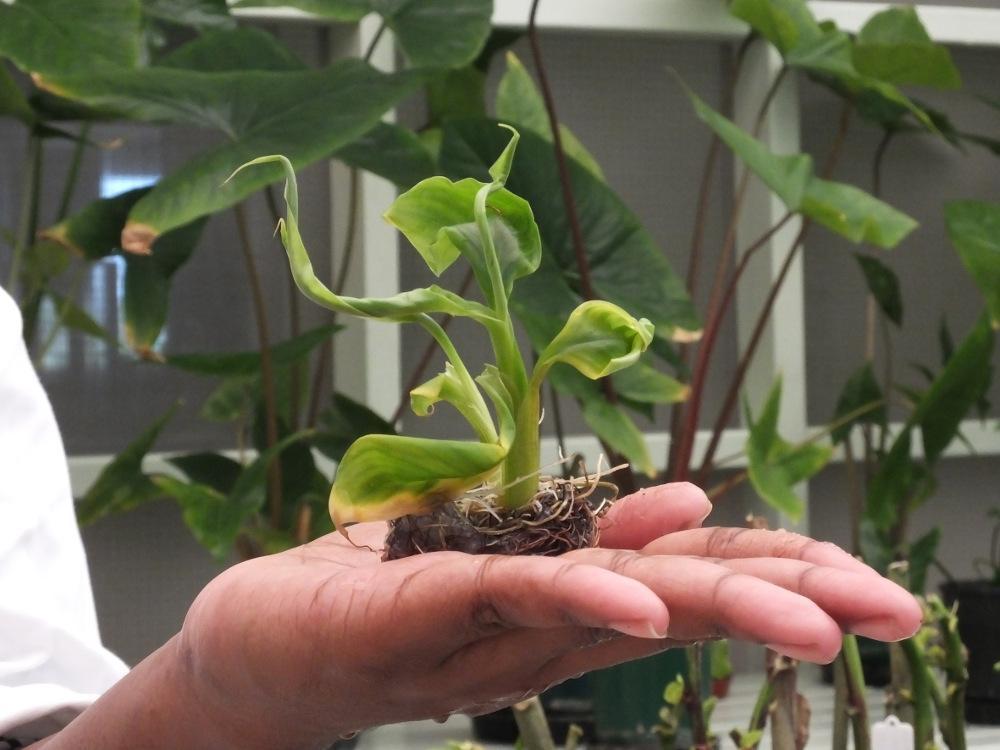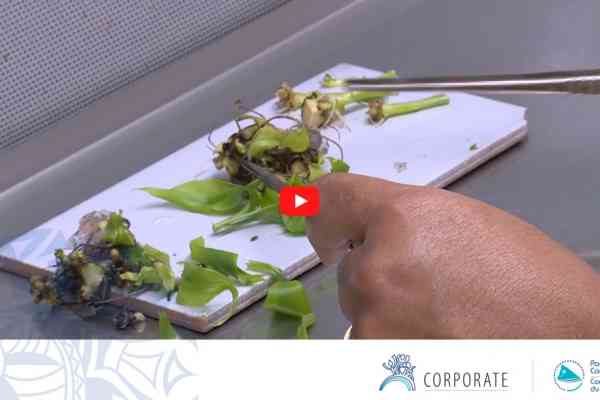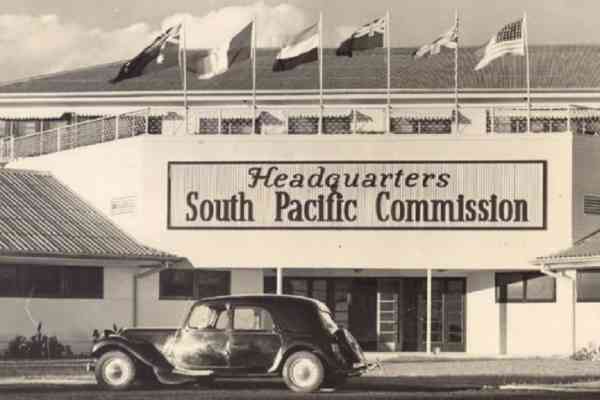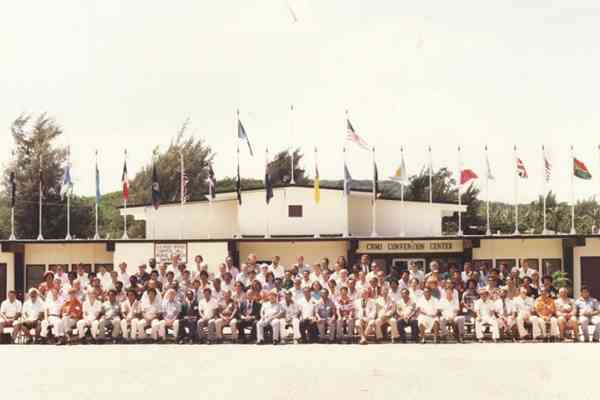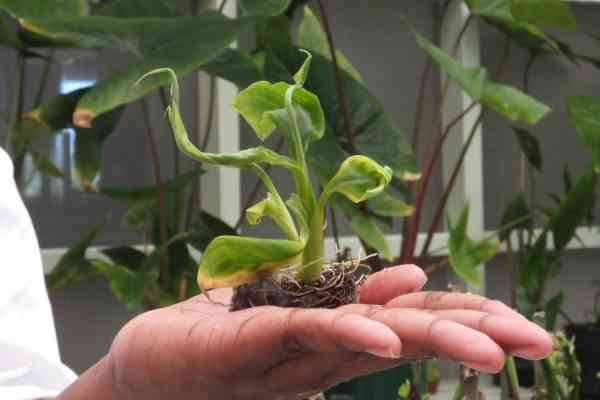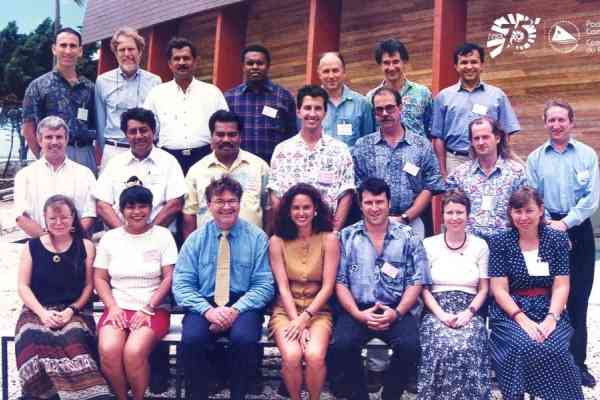Preserving the genetic treasures of the past to build the future: The Pacific Community at 75
The Pacific Community turned 75 on the 6th of February 2022. As we mark 75 years of the Pacific Community’s Service to the region, on the 6th of each month we will feature a key moment in history for the organisation.
It's February 1996. Food security is one of the key discussion topics during the 12th Regional Conference of Heads of Agriculture and Livestock Production Services, held in the Cook Islands. This important meeting is coordinated by the Pacific Community (SPC), which was called, at the time, the South Pacific Commission.
During the meeting, agriculture leaders from across the region agree that Plant Genetic Resources (PGR) are key in supporting the agriculture and forestry sector, making it more productive and, at the same time, environmentally sound.
However, they also note that these resources are fast disappearing, with uniformed crop varieties rapidly replacing the local landraces cultivated by farmers for millennia, and traditional crops being abandoned because of accelerating urban migration. In the Pacific, these structural threats to healthy agriculture are compounded by the region’s vulnerability to climate change and the frequency of pest and disease outbreaks.
One of the key recommendations that emerged from the 5-day discussion was “to put in place, both in countries and through regional cooperation, policies to conserve, protect and best utilize their plant genetic resources”.
SPC’s response to that demand was the establishment of the Regional Germplasm Centre (RGC), established in 1998 with initial funding from Australia and the European Union. The initial objective was to conserve the region’s genetic resources, and to make them available to countries should they request it. The first feature of the Center was a taro collection. This collection quickly grew to become the largest collection of taro diversity globally, with over 1,000 accessions
In 2007 the RGC was renamed the Centre for Pacific Crops and Trees (CePaCT). Today, conservation is still the core business of the centre, with priority given to the region’s staple crops: taro, yam, sweet potato, banana, cassava and breadfruit. CePaCT now conserves 2,183 accessions of 17 crops of significance to the Pacific region and the world, including 70% of the world’s ex-situ taro diversity.
However, CePaCT not only conserves the region’s valuable genetic diversity, but also undertakes the important mission of distributing it, making it available to growers throughout the Pacific, and also to other countries in the world.
“We don’t want to see our collections as museum pieces that just sit there”, said Logotonu Meleisea Waqainabete, the CePaCT coordinator. “The good news is that genetic resources from CePaCT are being increasingly shared with other regions of the world facing similar challenges such as soil salinization, droughts and floods – most of which are linked to climate change.”
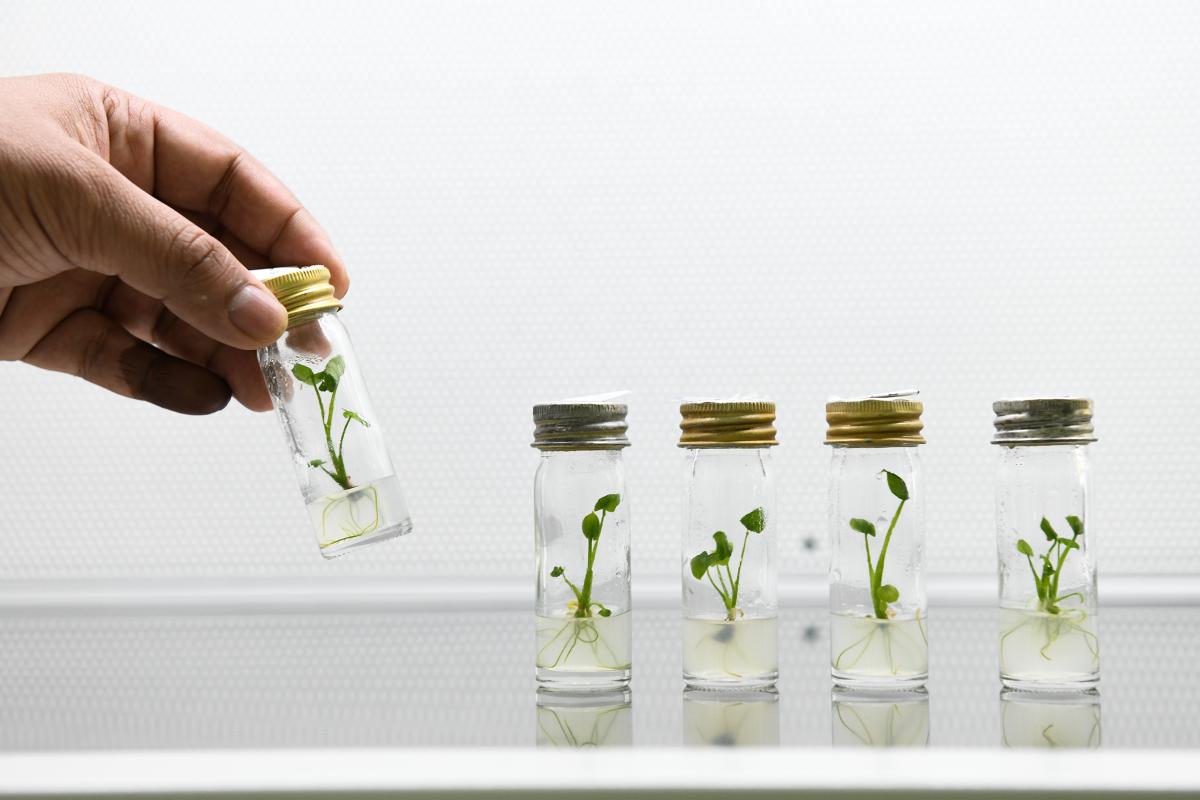 Throughout the years, CePaCT has been instrumental in providing many positive outcomes to Pacific countries. Key recent projects include the evaluation CePaCT’s core taro collection in Papua New Guinea to see how the plants fare under drought conditions and in atoll environments, and the centre’s work to put together a comprehensive collection of Pacific bananas.
Throughout the years, CePaCT has been instrumental in providing many positive outcomes to Pacific countries. Key recent projects include the evaluation CePaCT’s core taro collection in Papua New Guinea to see how the plants fare under drought conditions and in atoll environments, and the centre’s work to put together a comprehensive collection of Pacific bananas.
Thanks to continued support from its traditional donors as well as new Zealand, CePaCT has been able to make significant investments in its infrastructure and governance to become a world-class facility. CePaCT is currently expanding its capacity to transform into a resource for agricultural excellence for SPC and its country and community partners. In April this year, it opened two new facilities – a molecular laboratory and quarantine greenhouse.
The molecular laboratory will allow CePaCT to offer a pathogen diagnostic and genotyping service to the Pacific, while the greenhouse will support germplasm health testing of CePaCT collections, as well crop regeneration and receipt of new plant imports – all vital services for a rapidly changing plant and agriculture landscape in the region.
